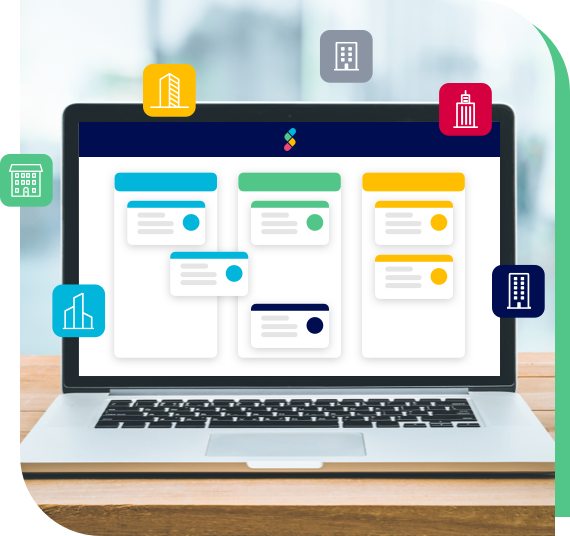Digitization vs. Digitalization
Experts from various disciplines use the term digitization consistently and define it as the conversion of analog information into digital information. In this way, analog information becomes digital bits of zeros and ones. A simple example of this is taking a photo and converting it into a digital photo. Another example is the scan of a contract document, which is transformed from its analog state as paper into the digital state of a PDF file. Due to its properties, digital information can be easily stored, transferred, edited and displayed. This also implicitly means that "digitized" information can be transferred more easily, cheaply and accurately between different points. But what is the difference between this and digitalization?
To differentiate between the terms digitization and digitalization, it is worth taking a look at the transformation of the Finnish tax system (source: Parviainen et. al.):
If the authorities had "digitized" the Finnish tax system, they would have replaced the previous paper form with a digital form and asked the citizen to attach a photo or scan of invoice, receipts, etc. in electronic form. Instead, however, they have adapted the process so that the authorities receive all the necessary information from companies, banks, etc. digitally in the form of structured data, calculate the tax and send it to the citizen. If the citizen agrees with the calculated tax, he or she does not have to do anything further.
This simple example clearly illustrates the difference between the two terms. Digitization thus describes the transformation of analog information into digital information and forms a kind of preliminary stage of digitalization. This is because digitalization encompasses the transformation of processes and business models as well as the development of ecosystems through the use of digital technologies with the aim of increasing efficiency and effectiveness.
But how should digital development be classified in the M&A sector?






.png)


